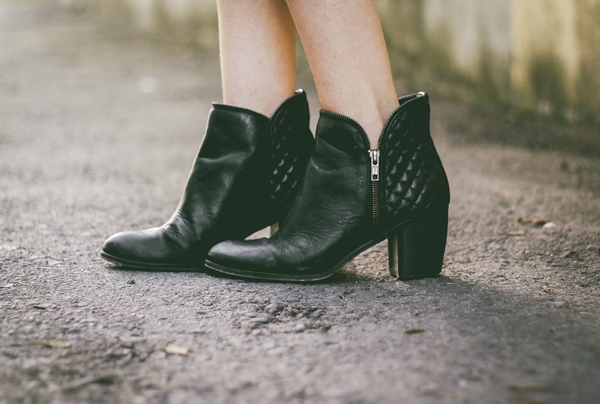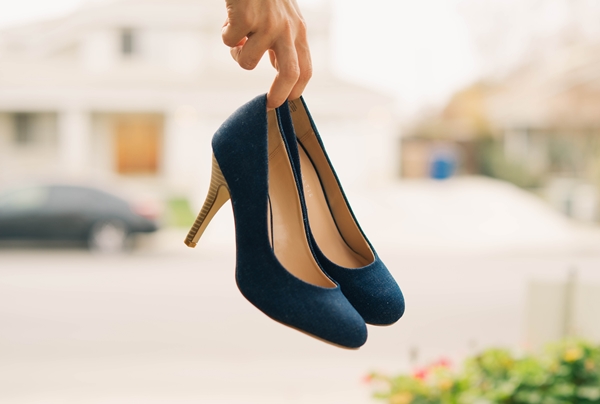
What happens when the shoe is on the other foot? Business blogger and columnist, JES MAGILL (webwriters.co.nz), explains.
I’ve got the retail blues, people. They generally come on when I’m shopping and especially when I’m buying shoes and am asked a footwear version of the add-on phrase, ‘Would you like fries with that?’
But I’m not buying a side order to accompany my burger here, I’m in shoe store buying a pair of shoes. This strikes me as disingenuous marketing – sales pitch retail jargon really; a form commerce-style ‘smoke n mirrors’ marketing if you will, all disguising the ploy to charge more for a product after a purchase.
Here’s the scenario: I walk into a shoe store and do the usual; look at shoes, try on a pair, take another look, think yeah-nah. Look again, try on again and think YES: I like, I buy.
Up at the counter, intending to make the purchase for the amount written on the sticker, I’m then asked, Would I like to buy a pair of sole grips as well? At $14 a pair, they’ll apparently give better traction while I’m out walking.
Sorry, what’s that again? The shoes aren’t safe to wear as they are? Surely they’re fit-for-purpose, I ask, like safe enough to walk in? Rubber soles are safe as, I’m assured, but resin soles – which mine were – generally need another product added to give better grip.
The assistant was so friendly and enthusiastic I couldn’t get annoyed. I laughed instead. Because it was, well, laughable, then annoying. Her justification for why I should hand over more money if I wanted to feel safe in my new shoes worth $200 (without sole grips), was strong on passion but scant on sound reasoning.
I felt like I was in a McDonald’s burger and fries selling course, with the focus firmly on the add-on philosophy. Taking it back to basics though, new shoes shouldn’t need extra products to make them fit for purpose; surely safe design should be included in the stated purchase price.

I contacted Consumer NZ, the font of consumer rights, and enquired whether a pair of shoes should be fit-for-purchase at the point-of-purchase. Directed to the Consumer Guarantees Act, and under the heading ‘Goods’ were listed seven points, relevant to Retailers and other suppliers. Here are the two most relevant, giving reasonable expectation that: Retailers are other suppliers guarantee their goods will be of ‘acceptable quality’ and be ‘fit for a particular purpose’.
Now, fit for purpose: I take that to mean they’re good to take walking at the time of purchase and at the indicated price on the product.
Wouldn’t it be great if retail marketers spent less on disingenuous training and delivered the old school, genuine kind instead? That would be refreshing, and perhaps the savings could offset the extra cost of selling safe shoes, with not a whiff of an add-on in sight.
Need help with your brand story? Want to create genuine messages that resonate with your audience? Call Jes on 027 537 4017 and Boost Your Business Story With WebWriters + I Blog For You.



